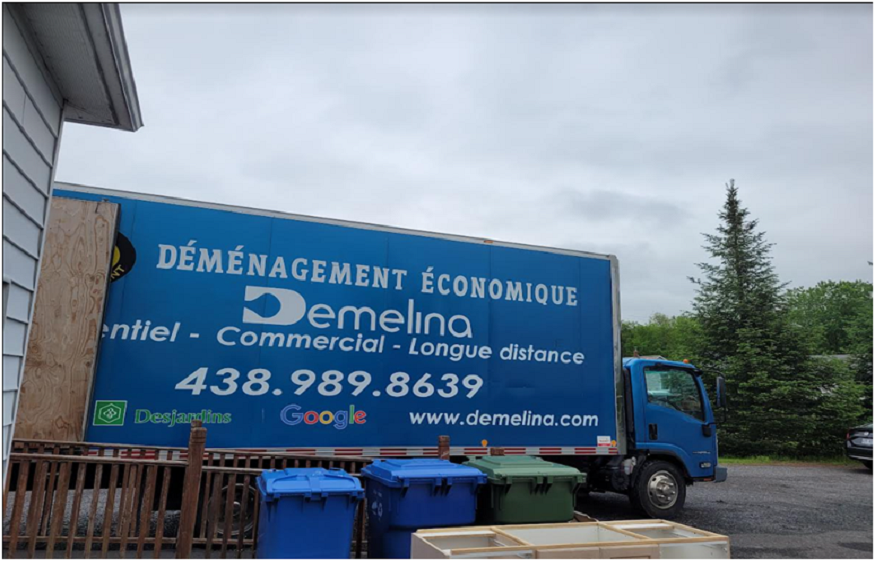In a world where global connectivity is the norm, the need to transport a substantial volume of items efficiently and securely has become a critical aspect of various industries. Whether it’s in the context of e-commerce, manufacturing, logistics, or even relocation, the task of moving a large number of items from one location to another requires careful planning, innovative solutions, and a keen understanding of the challenges involved.
Challenges in Transporting a Large Number of Items:
Logistical Complexities: The foremost challenge lies in orchestrating the logistics of moving a vast number of items. Coordinating the pick-up, storage, transit, and delivery of these items demands a robust system that can seamlessly handle each step while ensuring minimal disruptions.
Inventory Management: Keeping track of numerous items during transportation is no small feat. Efficient inventory management systems are vital to avoid losses, mix-ups, or delays that could arise from mismanagement.
Risk of Damage: The more items are transported, the higher the risk of damage during transit. This risk intensifies when items vary in size, fragility, or value. Safeguarding these items to ensure they arrive in their intended condition is paramount.
Time Sensitivity: Timeliness is crucial, especially when dealing with perishable goods, time-sensitive deliveries, or production lines dependent on raw materials. Delays can lead to substantial financial losses and a dent in the business’s reputation.
Cost Efficiency: Transporting a large number of items can be expensive. Finding ways to optimize costs without compromising on service quality is a delicate balance that transport providers and businesses must strike.
Solutions to Overcome These Challenges:
Advanced Logistics Software: Leveraging cutting-edge logistics software can help streamline the entire process. These systems allow for real-time tracking, route optimization, and transparent communication between all stakeholders, reducing the chances of errors and delays. Montreal Moving
RFID and Barcode Technology: Implementing Radio Frequency Identification (RFID) tags or barcodes on items can significantly enhance inventory management. This technology enables accurate tracking at each stage of transportation, minimizing the risk of items going missing or being mismanaged.
Specialized Packaging: Tailoring packaging to the specific needs of each item can go a long way in preventing damage during transportation. Customized crates, padding, and containers can provide an added layer of protection, especially for fragile or valuable items.
Diversified Transportation Modes:
Depending on the nature of the items, combining multiple transportation modes like air, sea, road, and rail can optimize costs and delivery times. This approach also reduces the risk of disruptions due to unforeseen circumstances.
Collaborative Partnerships: Building strong partnerships with transportation providers, warehousing facilities, and other stakeholders can lead to more streamlined operations. A collaborative approach ensures a network of support to tackle challenges effectively.
Predictive Analytics: Utilizing data analytics can aid in forecasting demand, identifying potential bottlenecks, and preemptively addressing issues that might arise during transportation.
Conclusion:
The task of transporting a large number of items is a complex puzzle that requires careful planning, innovative technology, and effective collaboration. By addressing challenges such as logistical complexities, inventory management, risk of damage, time sensitivity, and cost efficiency, businesses can develop strategies that ensure the smooth and secure movement of items across vast distances. As industries continue to evolve, the art of large-scale transportation will continue to adapt, leveraging technology and expertise to meet the ever-growing demands of our interconnected world.



